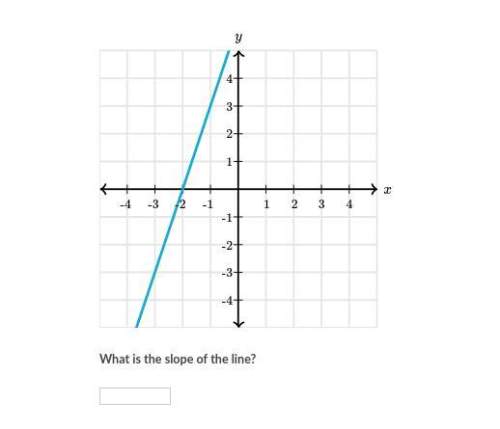
Mathematics, 30.01.2020 09:05 dranio
Astudy compared union activity of employees in 10 plants during two different decades. the researchers reported "a significant increase in union activity, t(9)=2.95, p< 0.01." explain this result to a person who has never had a course in statistics. be sure to use sketches of the distributions in your answer. which statement below best explains this result?
a. the difference between the two population means is less than 0.01. since p < 0.01,the chance these results came from the hypothetical distribution of no change is less than a 1%, so the researcher can conclude there was an increase in union activity.
b. the mean change score for the sample is 2.95 standard deviations above the mean change of 0. since p < 0.01, the chance these results came from the hypothetical distribution of no change is less than a 1%, so the researcher can conclude there was an increase in union activity.
c. the mean change for the sample is 2.95. since p< 0.01, the chance these results came from the hypothetical distribution of no change is less than a 1%, so the researcher can conclude there was an increase in union activity.

Answers: 1


Other questions on the subject: Mathematics

Mathematics, 21.06.2019 14:30, sierram298
The multiplication property of zero states that the product of any number and 0 is 0. what must be true about either a or b to make ab=0
Answers: 1

Mathematics, 21.06.2019 18:30, luvme68297
Which statement justifies why angle ebc measures 90?
Answers: 3

Mathematics, 21.06.2019 21:30, foreverandalways80
Joanie wrote a letter that was 1 1/4 pages long. katie wrote a letter that was 3/4 page shorter then joagies letter. how long was katies letter
Answers: 1

Mathematics, 22.06.2019 01:50, ElegantEmerald
If f (x) = 2x2 +5/(x-2), complete the following statement: f(6) =
Answers: 3
You know the right answer?
Astudy compared union activity of employees in 10 plants during two different decades. the researche...
Questions in other subjects:

Mathematics, 28.01.2021 18:20



History, 28.01.2021 18:20



Mathematics, 28.01.2021 18:20



Mathematics, 28.01.2021 18:20




